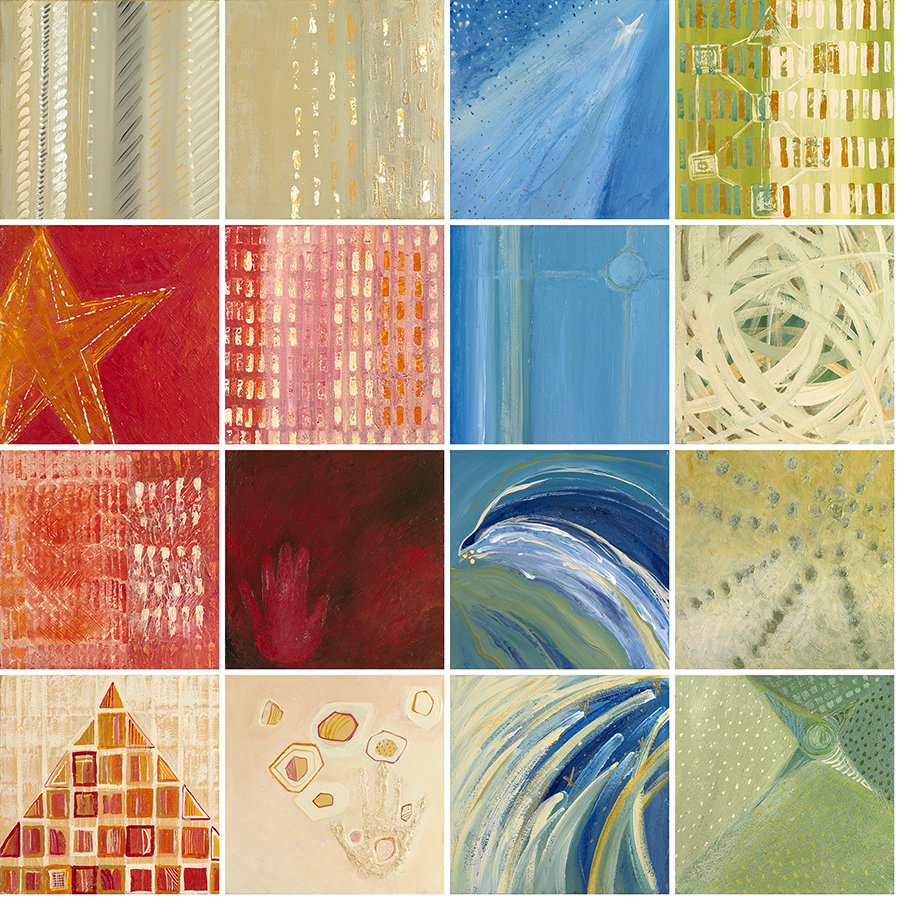Myers Briggs Type Indicator
How is the Myers Briggs Type Indicator useful?
Provides a framework for understanding human behaviour
Provides a vehicle for self knowledge and self development
Improves our interaction with others
Identifies the strengths and “blindspots” of an individual and/or a team
What does the MBTI tell us?
The Myers Briggs Type Indicator looks at various preferences. The way our preferences work together directly relates to how we are predisposed to a certain way of communicating and interacting with the world. The theory behind the MBTI is that while our behaviour may seem random, there are patterns that are consistent, based on basic differences in the ways we prefer to use our perception and judgment.
The MBTI looks specifically at the different ways we prefer to take in information and make decisions . Some people mainly take in information, which Jung called perceiving, while others mainly organize it and draw conclusions, which Jung called judging.
Read more about Judging and Perceiving
Those who have a preference for Judging like their world decided and this translates often into a person who likes an ordered and structured approach. Think of the old joke of how you can set your clock by Swiss trains. On the other hand people who have a preference for Perceiving appear to like things a bit more fluid. They will want to delay making a decision to see what else might emerge. Folks with this preference are more spontaneous and open to possibilities. Think of all the options of places to visit once you get off the train.
This is only one set of preferences but this one plays a critical role in determining which of the 4 functions thinking, feeling, sensing or intuiting is dominant in your personality.
This dominant function is like the first language that we speak. It flavours how we show up and behave at home and at work. While we can learn to use all of our functions, like our mother tongue, one is more comfortable for us.
When working with a person of opposite preferences it saves frustration and heartache to understand their perspective and how to work with their worldview.
The simple fact is that we need all perspectives and ways of being to understand what’s what. There is no such thing as a one note symphony.
We can learn to appreciate our gifts and those of others who have different ways of being to us.

There are four pairs of preferences:
* Focus and source of energy: Extraversion (E) or Introversion (I)
* Preference for acquiring information: Sensing (S) or Intuiting (N)
* Preference for making decisions: Thinking (T) or Feeling (F)
* Preferred way of interacting with the world: Judging (J) or Perceiving (P)
In total there are 16 patterns or types each of which is identified by a four letter code derived from the above pairs.
A Certified MBTI Professional Can Help You With a More Informed Analysis of Your Type
Why not simply use an online quiz?
These quizzes lack the tests for accuracy and validity of the official type indicator tool. They also fail to help you understand the dominant function that you use which is similar to the habitual native language that you speak. It is where you go first in our processing. The best way to identify your MBTI preferences is through a certified MBTI type professional (like me ) who will help you to self identify and then to verify what is important for you to understand about the results of your MBTI instrument.
